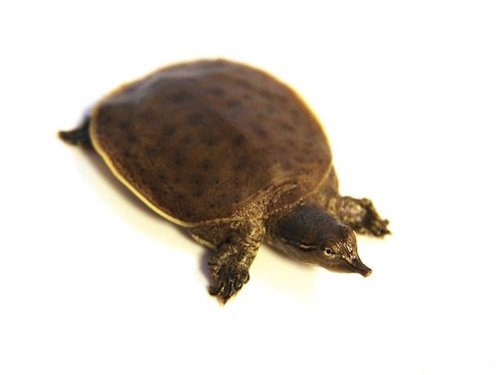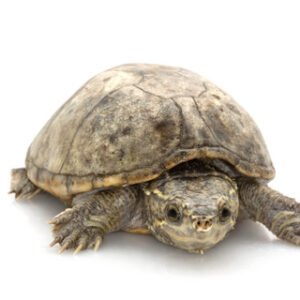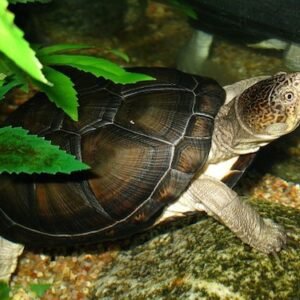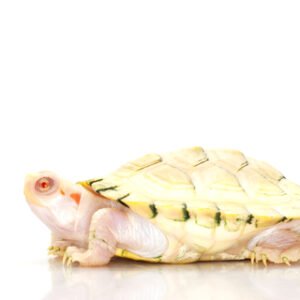Characteristics and Habitat of the Spiny Softshell Turtle
The spiny softshell turtle, known scientifically as Apalone spinifera, is a unique species distinguished by several physical traits that contribute to its fascinating morphology. One of the most notable characteristics is its flattened, leathery shell, which provides a streamlined shape that enhances its swimming capabilities. Unlike the hard, domed shells of many other turtles, the spiny softshell’s shell is soft and flexible, allowing it to easily maneuver in aquatic environments. The shell exhibits a distinct texture, featuring spiny projections that give this turtle its name. These spines offer protection against predators while providing a rough surface that aids in their camouflage amongst rocks and vegetation.
In terms of coloration, spiny softshell turtles can vary significantly among different populations. Typically, their shells range from a brownish to olive green hue, adorned with dark spots that assist in blending into their surroundings. Additionally, the underside of their shell is lighter, presenting a stark contrast to their outer coloration and providing a striking appearance. Adult spiny softshell turtles can grow to a significant size, with some individuals reaching lengths of up to 18 inches, making them one of the more sizable freshwater turtles.
Apart from their unique physical traits, the habitat preferences of spiny softshell turtles play a crucial role in their lifestyle. These turtles are commonly found in various freshwater environments, including rivers, lakes, and ponds. They favor habitats with sandy or muddy bottoms, where they can easily bury themselves partly to avoid predators and regulate their body temperature. Additionally, shallow waters are preferred for basking and nesting activities, making these environments essential for their survival. The locations chosen for nesting are vital, as they provide the necessary conditions for their eggs to develop and ensure the continuation of their species in the wild.
Conservation and Threats Facing the Spiny Softshell Turtle
The spiny softshell turtle (Apalone spinifera) is currently facing numerous challenges that jeopardize its survival. As an aquatic species, it is sensitive to changes in its environment, which makes it particularly vulnerable to habitat destruction, pollution, and climate change. Urban development, agriculture, and other human activities have significantly impacted its natural habitats, often leading to fragmentation and degradation of wetlands and river systems.
Habitat destruction occurs mainly due to the draining of wetlands for agricultural purposes and the construction of dams, which alters the natural flow of water bodies. The loss of such habitats directly affects the turtles by decreasing their nesting areas and access to foraging sites. In addition, pollution from industrial runoff and agricultural chemicals poses a severe threat, as it can contaminate water sources, impairing the health and reproductive viability of these turtles.
Climate change has further exacerbated these threats, resulting in unpredictable weather patterns and altering the thermal regime necessary for turtle development. Higher temperatures can also negatively affect sex ratios in turtle populations, as many species—including the spiny softshell turtle—exhibit temperature-dependent sex determination. Moreover, increased flooding and extreme weather events can lead to habitat loss and increased mortality rates for hatchlings.
To counteract these threats, various conservation efforts have been initiated. Legislation aimed at protecting wetland ecosystems has been enacted to restrict harmful practices and promote habitat restoration. Rehabilitation programs have been established to rescue injured turtles and release them back into their natural environments. Furthermore, public education initiatives are crucial in raising awareness about the importance of biodiversity and the need for proactive measures to ensure the survival of the spiny softshell turtle and its habitat.





